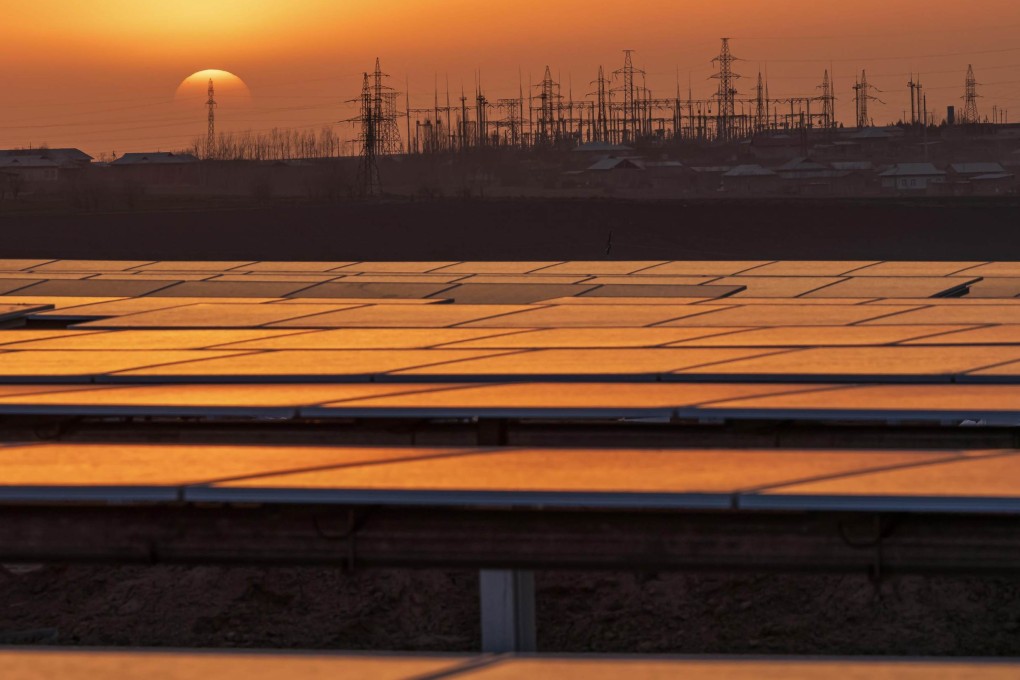Opinion | How China’s greener investments are driving Central Asia energy shift
- The growing cooperation between China and Central Asia on green energy fits Beijing’s agenda of making more sustainable Belt and Road Initiative investments
- Central Asian states, particularly Uzbekistan and Kazakhstan, have embraced the opportunity to improve their energy security and gain distance from Russia

China’s shifting preferences in Central Asia also indicate the initiative’s adaptability in the face of local demands and political factors. For instance, Chinese companies in Kazakhstan helped develop eight wind and solar power projects from 2018 to 2022. Those were mostly a result of state-to-state cooperation in green energy. In contrast, in Uzbekistan, China invests through tenders and auctions.
Both Central Asian countries have signed agreements with China on green energy cooperation, Kazakhstan in 2015 and Uzbekistan in 2022. The latter deal evolved into a state-to-state cooperation agreement signed in 2023. The two countries have also made significant regulatory strides to allow more and fairer competition for tenders related to green energy. For both, China serves as a crucial investment partner.
